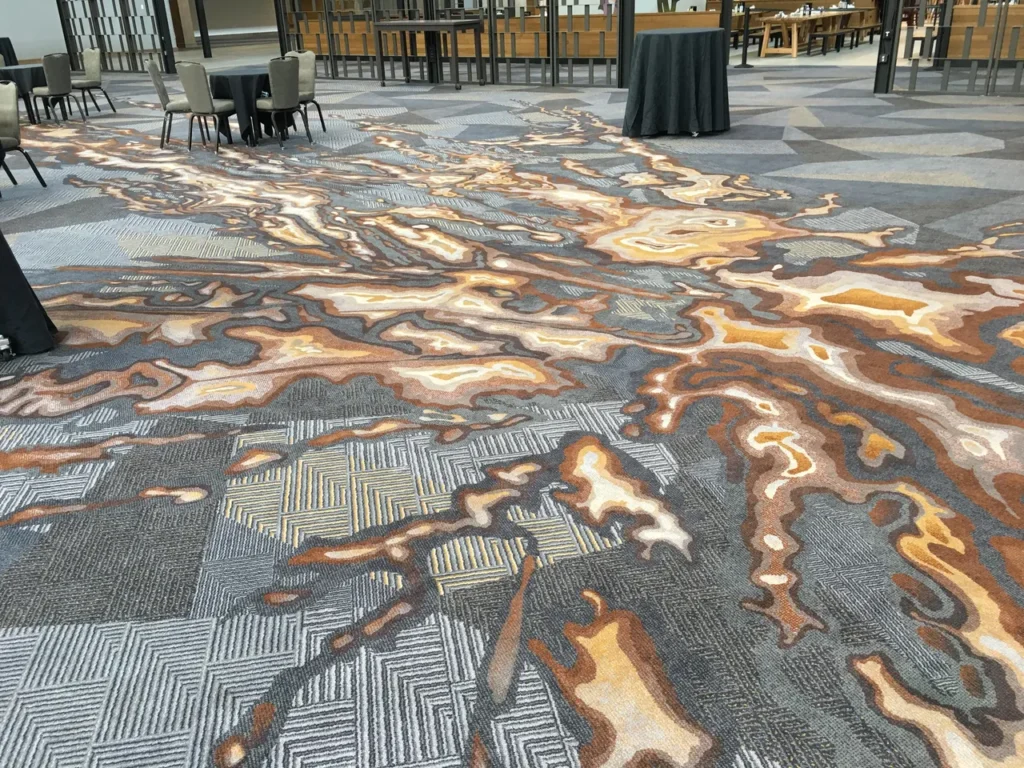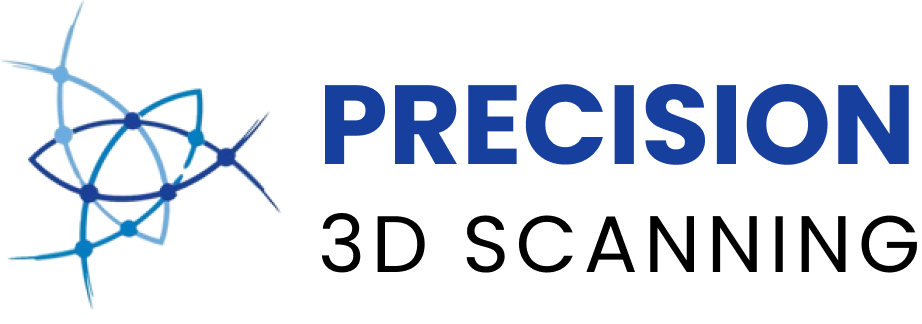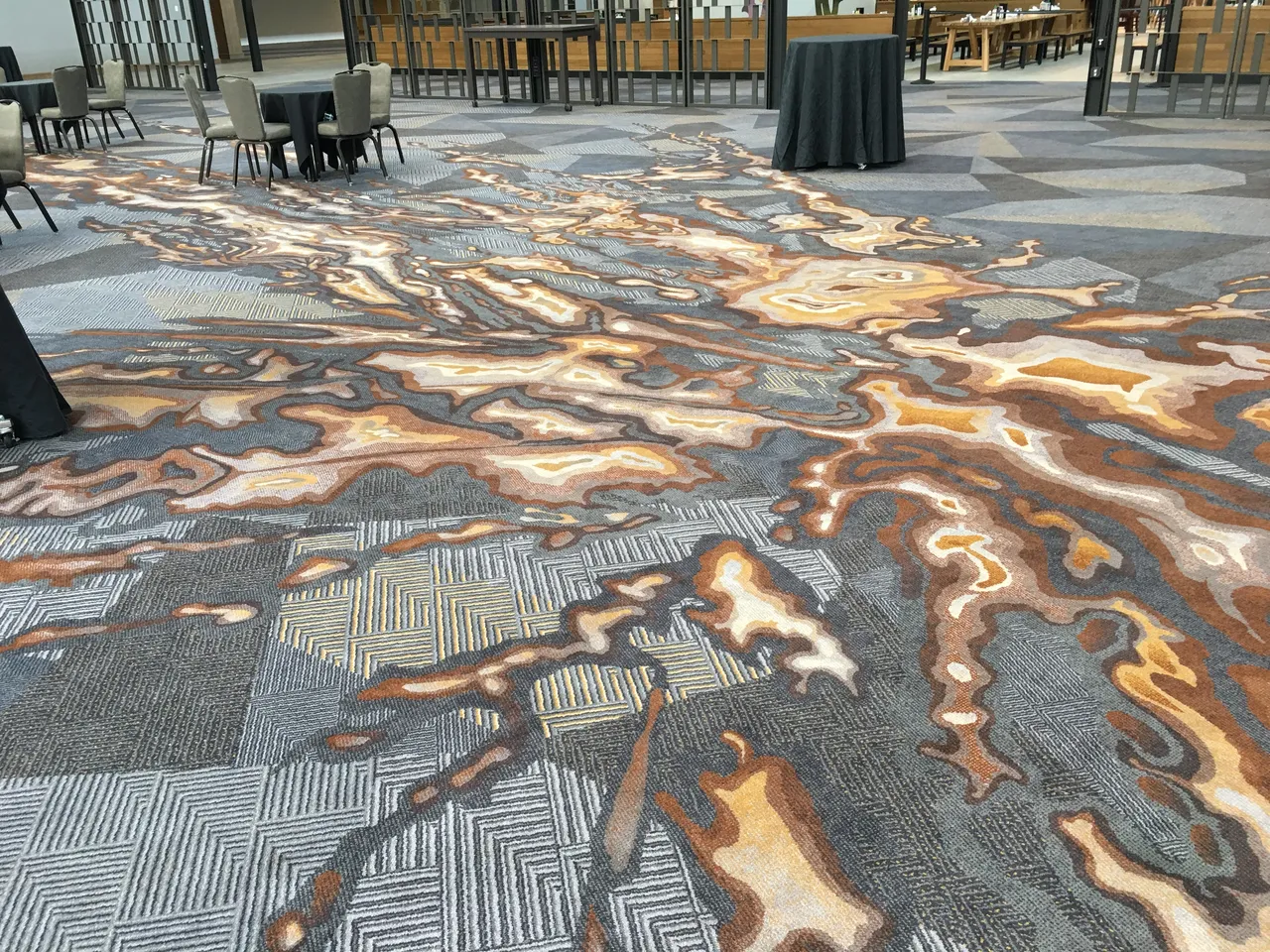
The world of carpet replacement is undergoing a profound transformation, thanks to the remarkable capabilities of 3D LiDAR (Light Detection and Ranging) scanners. These high-tech devices have the power to revolutionize the way carpet mills approach field measurements for hall carpet replacement projects such as existing hotels and multifamily residences. In this comprehensive blog post, we’ll delve deep into how 3D LiDAR scanners are changing the game, making carpet replacement more efficient, precise, and cost-effective for carpet mills. Additionally, we’ll explore a real-life case study demonstrating the impact of 3D LiDAR in the context of a large apartment complex.
Understanding the Traditional Challenges of Hall Carpet Replacement
Before we explore the innovative potential of 3D LiDAR scanners, let’s take a moment to understand the conventional challenges faced by carpet mills when it comes to hall carpet replacement.
Accuracy Concerns: Achieving precise measurements is paramount in any carpet replacement project. Traditional measurement methods, such as manual tape measures and laser distance meters, are susceptible to human error, leading to inaccuracies in material estimates.
Time-Consuming Process: Measuring a large hallway manually can be time-consuming and labor-intensive. It may involve multiple team members working for hours, disrupting normal operations in commercial and public buildings.
Material Waste: Inaccurate measurements often lead to over-ordering or under-ordering carpet materials, resulting in wasted resources and increased project costs.
Limited Visualization: Traditional methods do not provide a comprehensive visualization of the space. This can make it challenging for carpet mills and their clients to make informed decisions about carpet styles, colors, and patterns.
Now, let’s explore how 3D LiDAR scanners address these challenges head-on.
The Power of 3D LiDAR Scanners in Field Measurements
Precision Redefined
The cornerstone of any successful carpet replacement project is precision. 3D LiDAR scanners offer unparalleled accuracy in field measurements. Here’s how they work:
Laser Beams: LiDAR scanners emit laser beams that bounce off surfaces in the environment.
Time-of-Flight: By measuring the time it takes for these laser beams to return, the scanner calculates distances with remarkable accuracy.
High-Density Point Clouds: The scanner compiles millions of these distance measurements to create a dense and highly detailed point cloud, which accurately represents the hallway’s three-dimensional space.
This level of precision eliminates the inaccuracies associated with manual measurements, ensuring that carpet mills order just the right amount of materials, reducing waste, and saving costs.
Efficiency Unleashed
Traditional measurement methods can be time-consuming and labor-intensive, often requiring multiple personnel. In contrast, 3D LiDAR scanners are incredibly efficient. Consider this:
Rapid Data Capture: A 3D LiDAR scanner can capture millions of data points in a matter of seconds, covering the entire hallway. This speed revolutionizes the data acquisition process.
Minimal Disruption: The reduced time required for measurements means fewer disruptions to the daily operations of commercial and public buildings, a significant advantage for clients and businesses alike.
Optimized Material Estimations
Accurate measurements are not just about precision; they also have a direct impact on material estimations. With 3D LiDAR scanners, carpet mills can:
Calculate Exact Square Footage: The precise measurements obtained from the scanner ensure that carpet mills can calculate the exact square footage required for the project.
Learn more here: https://en.wikipedia.org/wiki/Lidar
Minimize Material Waste: Eliminating over-ordering or under-ordering of carpet materials minimizes material waste, reducing both cost and environmental impact.
Virtual Planning and Visualization
3D LiDAR data doesn’t just stop at precise measurements; it opens up a world of possibilities for visualization and planning:
Virtual Models: Using the 3D data, carpet mills can create virtual models of the hallway. This allows designers and project planners to visualize how different carpet styles, colors, and patterns will look in the space before making any decisions.
Informed Choices: Armed with these virtual representations, carpet mills and their clients can make more informed choices, ensuring that the final carpet selection complements the space perfectly.
Reduced Disruptions
Carpet replacement projects can disrupt daily operations in commercial and public buildings, often leading to inconveniences for businesses and institutions. The speed and accuracy of 3D LiDAR measurements offer an opportunity to reduce these disruptions:
Optimized Timelines: With precise measurements and efficient data capture, project timelines can be optimized to minimize disruptions. This means businesses and institutions can continue their operations with minimal downtime.
Case Study: Modernizing Carpet Replacement in a Large Apartment Complex
Managing a large apartment complex comes with its unique set of challenges. One of them is maintaining the common areas, including extensive hallways that experience constant foot traffic. In this case study, we explore how a 3D LiDAR scanner transformed the carpet replacement process for a sizable apartment complex.
The Challenges
The apartment complex management faced several challenges when it came to hallway carpet replacement:
Accurate measurements were essential to ensure that the right amount of carpet material was ordered, preventing wastage or underestimations.
Replacing carpets in such large hallways traditionally required days of manual measurements and disrupted residents’ daily routines.
With a limited budget, the management needed to ensure that every dollar spent on carpet replacement was utilized efficiently.
Residents’ satisfaction was crucial. Being able to visualize different carpet styles and colors was important to make an informed choice.
The Traditional Approach
In the past, the apartment complex management had used manual measurement methods. This approach was not only time-consuming but also prone to errors in estimation, leading to unnecessary costs.
The 3D LiDAR Solution
To address these challenges, the apartment complex management decided to utilize 3D LiDAR technology for their hallway carpet replacement project:
A 3D LiDAR scanner was deployed to capture precise measurements of the extensive hallways. The scanner’s speed and accuracy allowed it to complete data collection in a fraction of the time required by traditional methods.
The 3D LiDAR scanner’s data provided exact square footage measurements, eliminating the guesswork in material estimation. This resulted in cost savings and reduced material waste.
With the 3D LiDAR data, the apartment complex created virtual models of the hallways. Residents and management could explore various carpet options virtually. This ensured that the chosen design would harmonize with the common areas’ aesthetics.
Thanks to the efficiency of the 3D LiDAR scanner, the hallway carpet replacement project caused minimal disruption to residents’ daily routines. The common areas remained accessible for most of the project duration.
The Results
The application of 3D LiDAR technology in this apartment complex’s hallway carpet replacement project produced significant outcomes:
The project was completed in a fraction of the time initially estimated, thanks to the rapid measurements and precise planning facilitated by
3D LiDAR.
Cost Savings: Accurate material estimation, reduced labor costs, and minimized material waste translated into substantial savings for the apartment complex.
Enhanced Design: The virtual visualization allowed residents and management to select a carpet style that not only met practical requirements but also elevated the visual appeal of the common areas.
Minimal Disruption: Residents appreciated the minimal disruption to their daily lives. Thus, enhancing their satisfaction with the apartment complex management.
This case study exemplifies how 3D LiDAR scanners are transforming the carpet replacement process, even in large apartment complexes. By offering precision, efficiency, and minimal disruption, these scanners not only save costs but also enhance the overall experience for residents and property managers.
The advantages of 3D LiDAR technology have become more widely recognized. It is poised to become a standard practice in the property management industry. The ability to obtain accurate measurements, optimize material estimates, provide virtual design options, and minimize disruption makes carpet replacement projects smoother. This leads to a more cost-effective, and design-savvy.
Do you have a project that needs measured? Start Here! https://precision3dscanning.com/request-a-quote/
#CarpetReplacement,#3DLiDAR,#PrecisionMeasurements#,EfficientDesign,#MaterialEstimation,#VirtualVisualization,#CostSavings,#MinimizeDisruption,#InnovationInFlooring,#CarpetMills,#InteriorDesign,#TechAdvancements,#RevolutionaryTech,#GreenSolutions,#EfficiencyMatters,#ModernFlooring #Precision3DScanning

